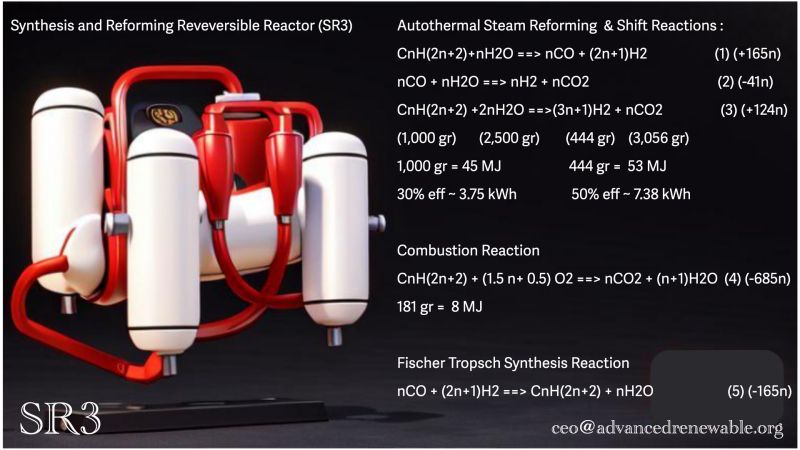Farmers Who Can Produce Their Own Energy
Advanced Renewable
Mon , 06 May 2024 16:37 WIB

The fighters on the front line of food security, namely farmers, often become victims of their own government's policies. Not only in developing countries, farmers in developed countries also often have to bring their tractors to crowd the roads of the nation's capital to express their frustration with their government's policies which do not side with these farmers.
Likewise, in terms of energy, agricultural areas have long been centers of future fuel production. But only the European Union in its Renewable Energy Directive II (RED II) that has identified it, what they call Advanced Biofuels is almost entirely found in agricultural land, plantations and forests. Only biomass from urban solid waste originates from the city.
However, even now in RED II countries, farmers still have to buy dirty fossil energy, and at the same time let Advanced Biofuels resources pile up on their land or be burned in vain. What caused it?
Energy conversion, from clean and carbon-neutral energy resources, in the form of agricultural, plantation and forestry waste which has not yet been developed for the wider community, to make it is easy and economical to use. Farmers need diesel for their tractors and rice mills, need LPG for their households, need petrol for their transportation, etc. Of course, in their current condition, all the fuel they need cannot be met directly from the husks and straw that have piled up on their lands.
However, this condition will not always be the case, now it is possible for large plantation farmers to produce their own fuels, or group together in cooperatives for small and medium farmers. With a series of compact reactors like the picture below, they can produce all of the farmers' fuel needs themselves, and they can even become the backbone of national clean energy self-sufficiency with the resources they have.
This series of 3 reactors which we call BTX (Biomass To X) can produce diesel, petrol, LPG and even Jet-Fuel if needed. The first reactor is essentially gasification, changing biomass into syngas which is still rich in CO, the second reactor changes syngas which is rich in CO to be rich in H2, and the third is changing syngas which is rich in H2 (H2/CO>2) into the required fuels. The type of fuel produced is controlled by 4 parameters, namely temperature, pressure, catalyst and residence time.
Large agricultural businesses or agricultural cooperatives who want to produce their own fuel can discuss with us, also machinery manufacturing industries who are interested in mass producing these reactors can contact us - so that these reactors will become more affordable if these can be mass produced.
Pos Lainnya
Penangkapan Karbon Pra-Pembakaran
May 06, 2024
Penampakan Decarbonization Machine
May 06, 2024
Penampilan Perdana Regenerative Generator
May 06, 2024
Reactor for Energy Survival
May 06, 2024
In Search of New Energy
May 06, 2024
Kategori
Renewable Energy






Silakan mendaftar terlebih dahulu!
Untuk memposting komentar baru. Anda harus login terlebih dahulu. Masuk
Komentar
Tidak ada komentar